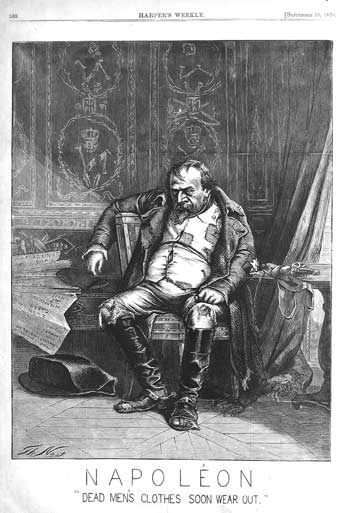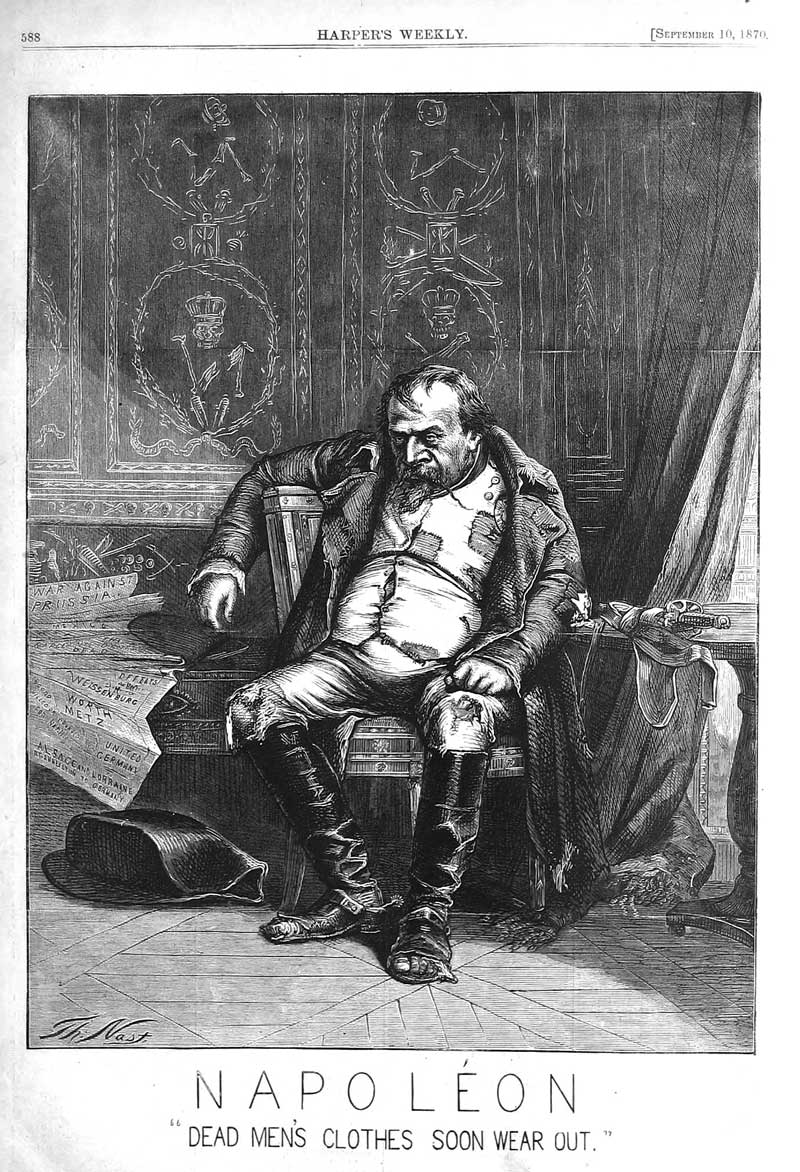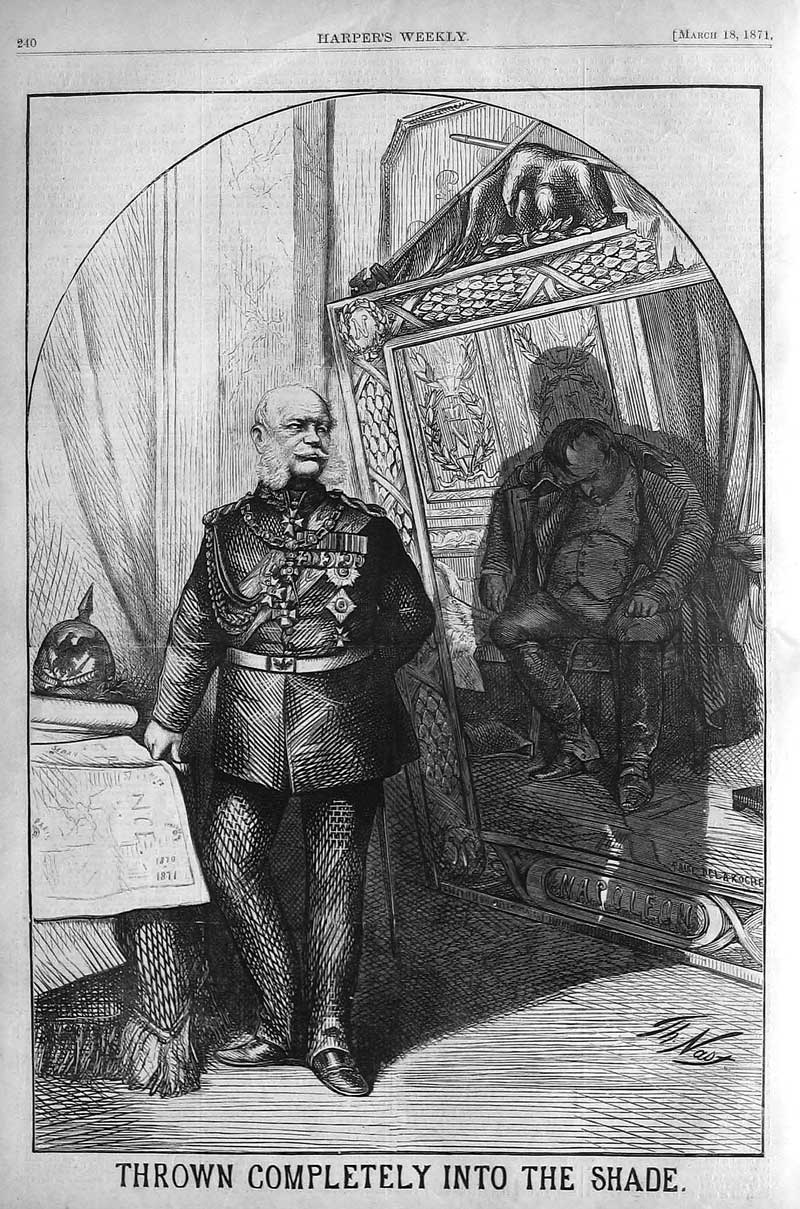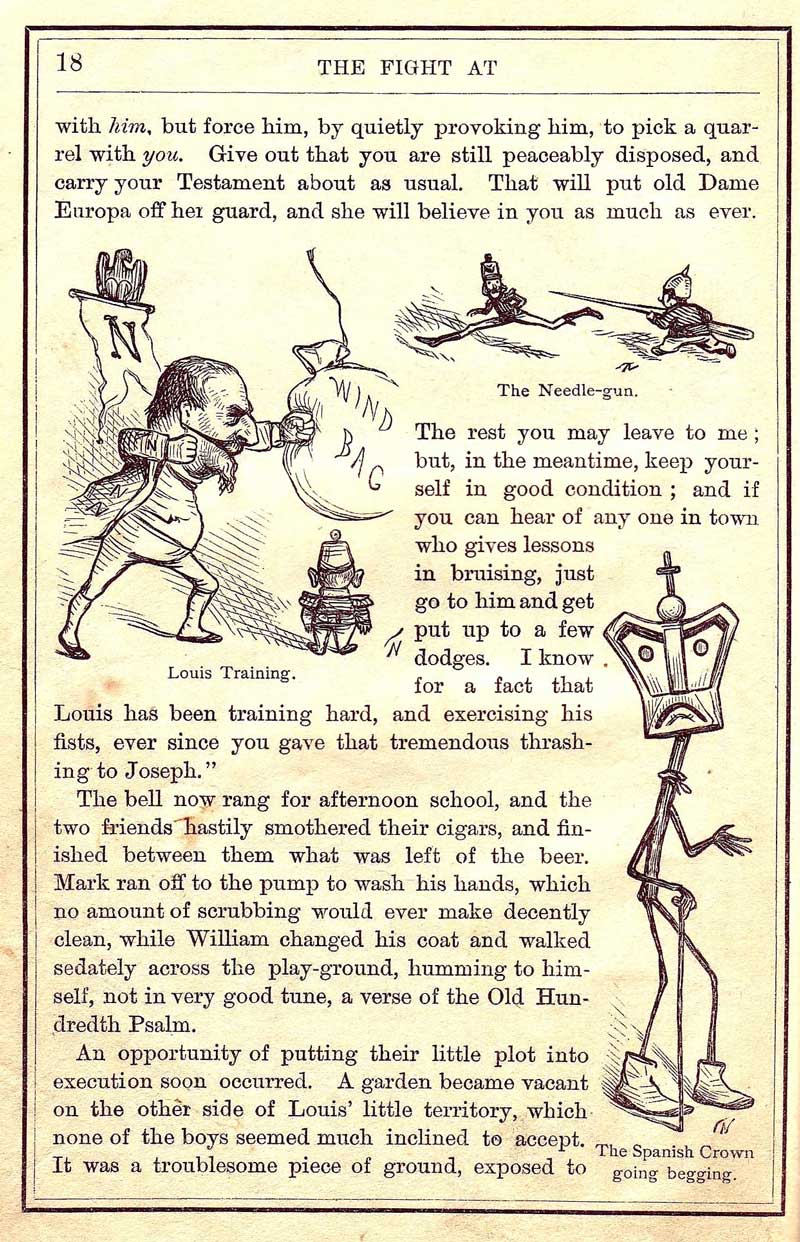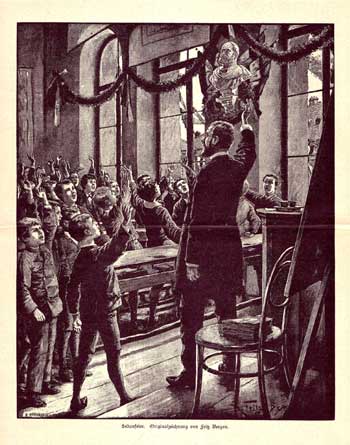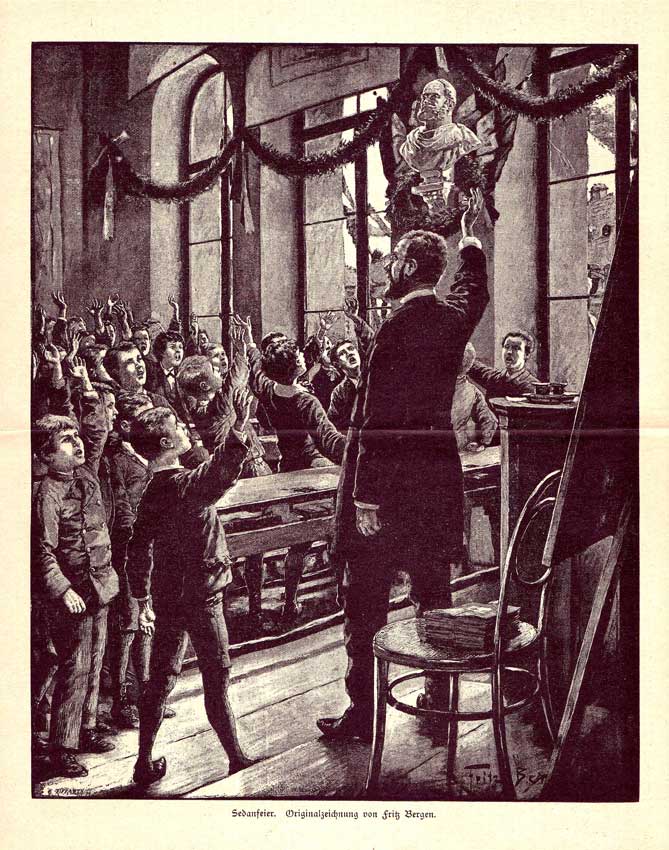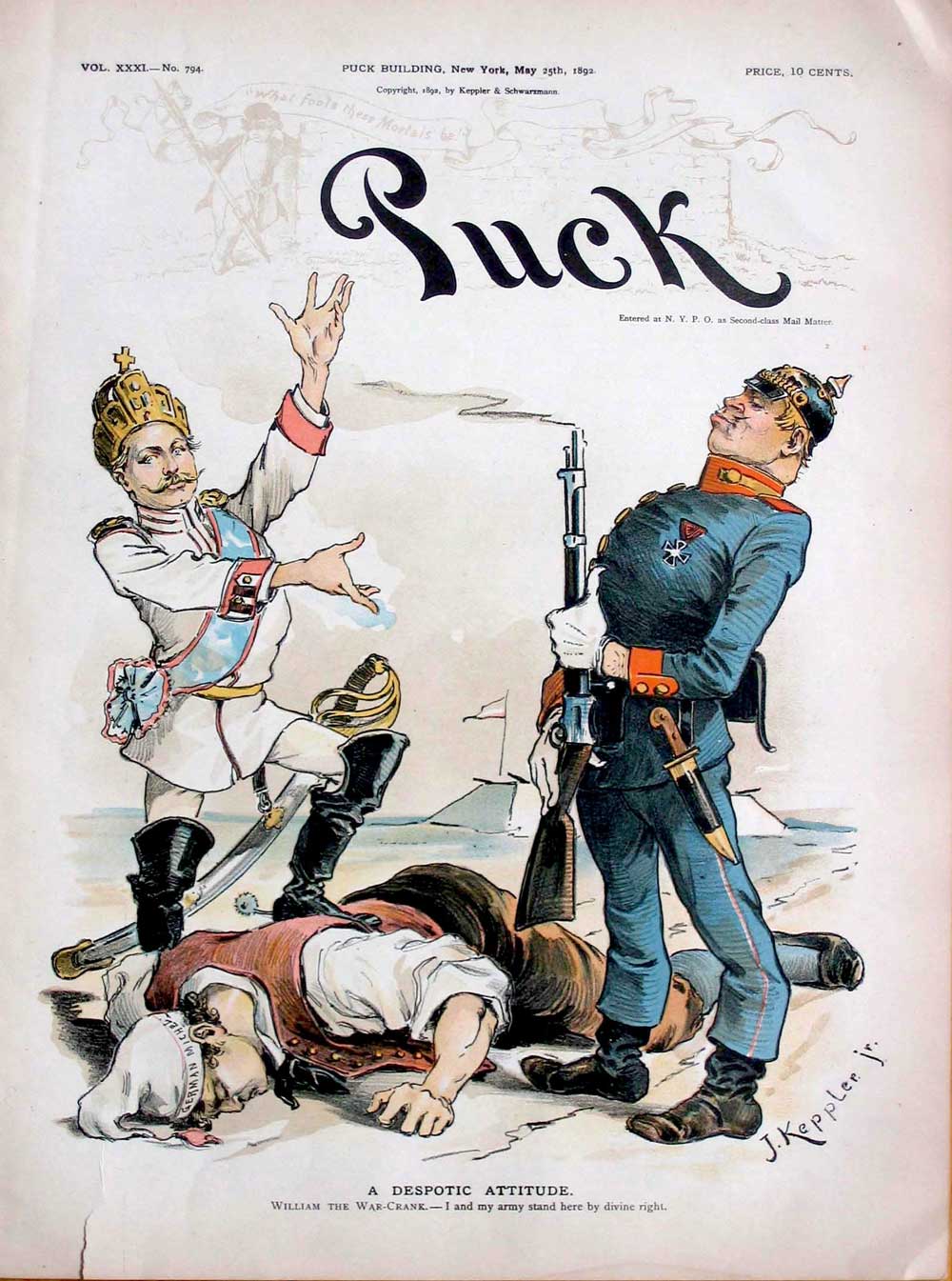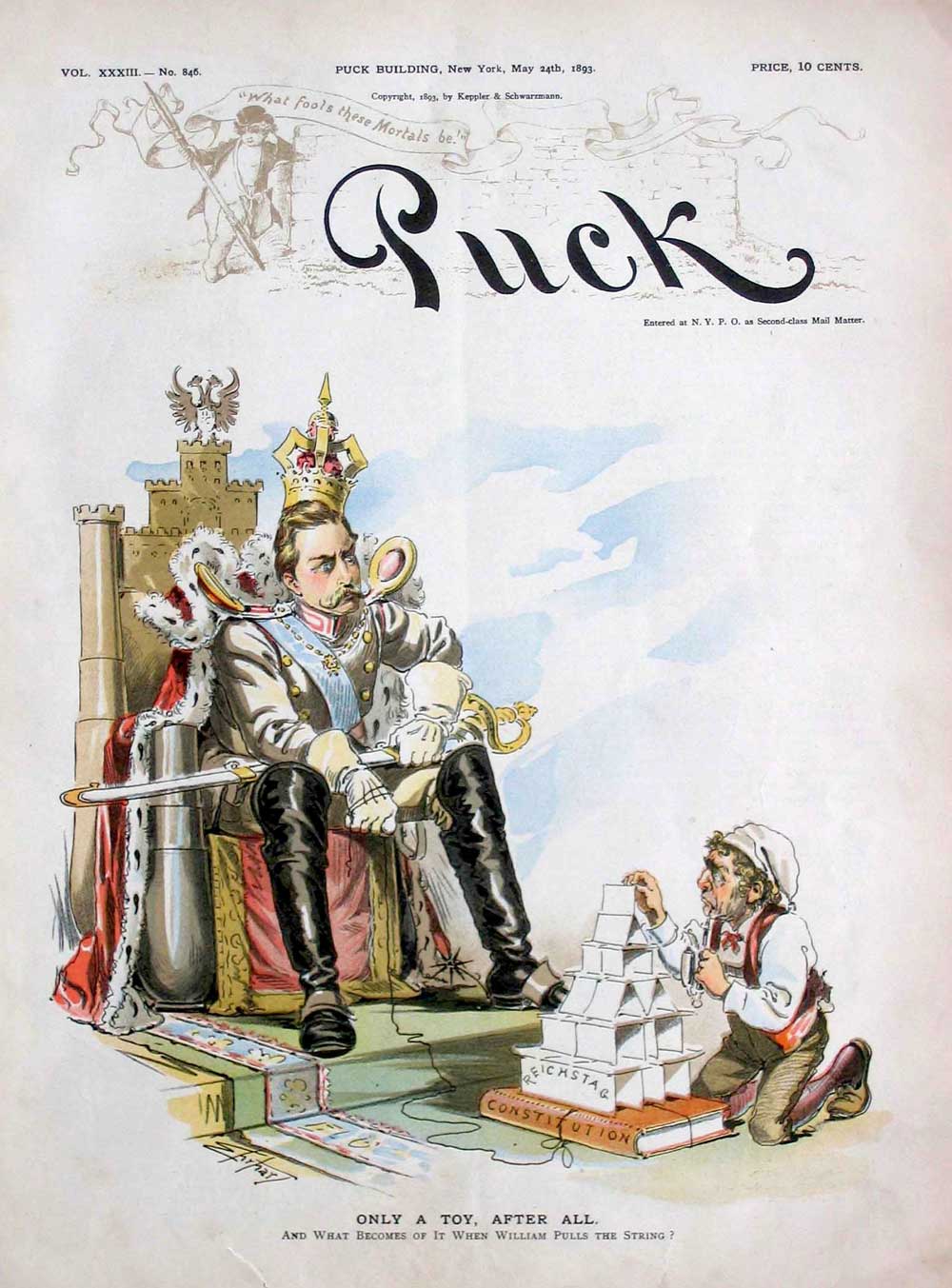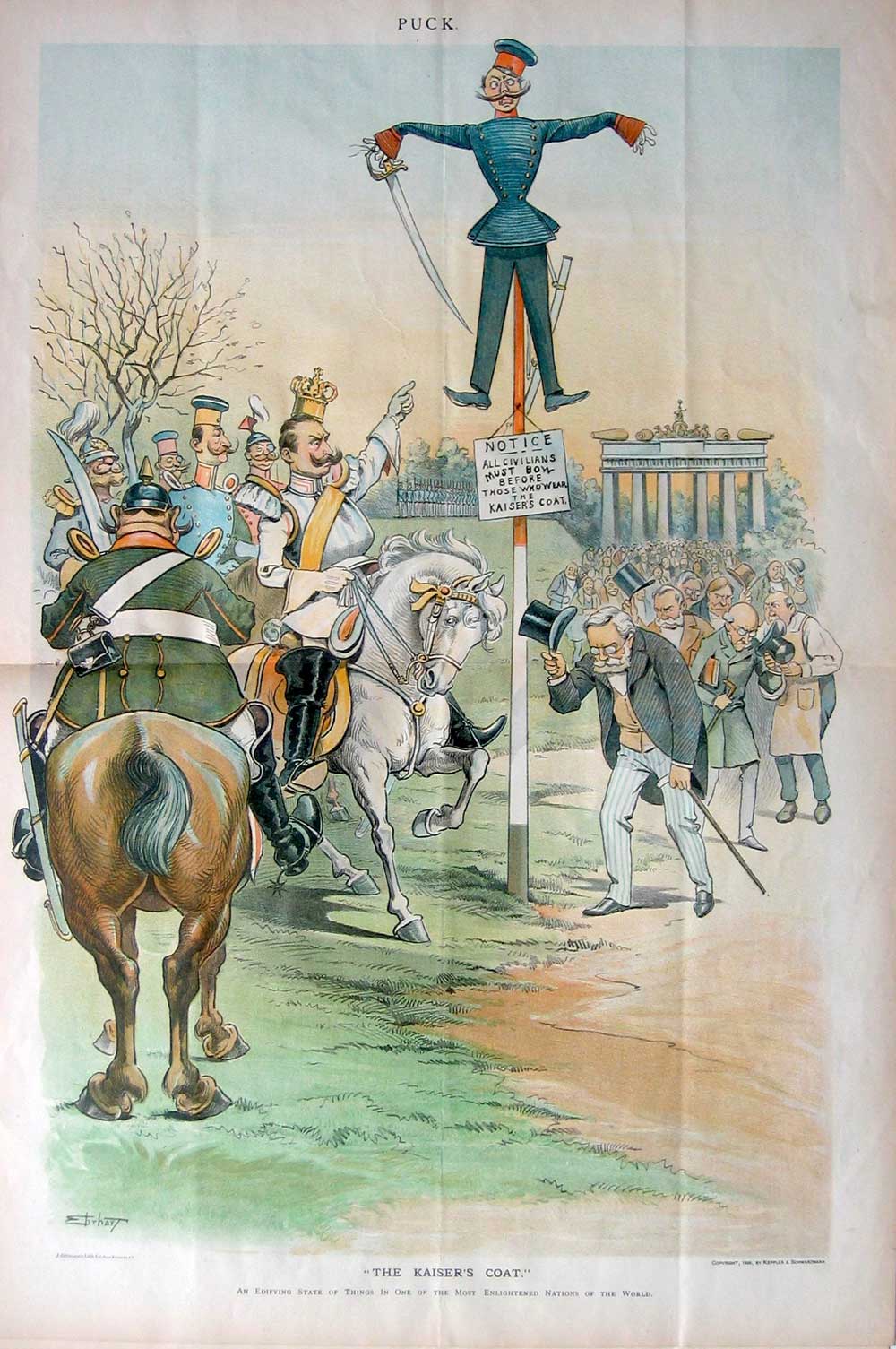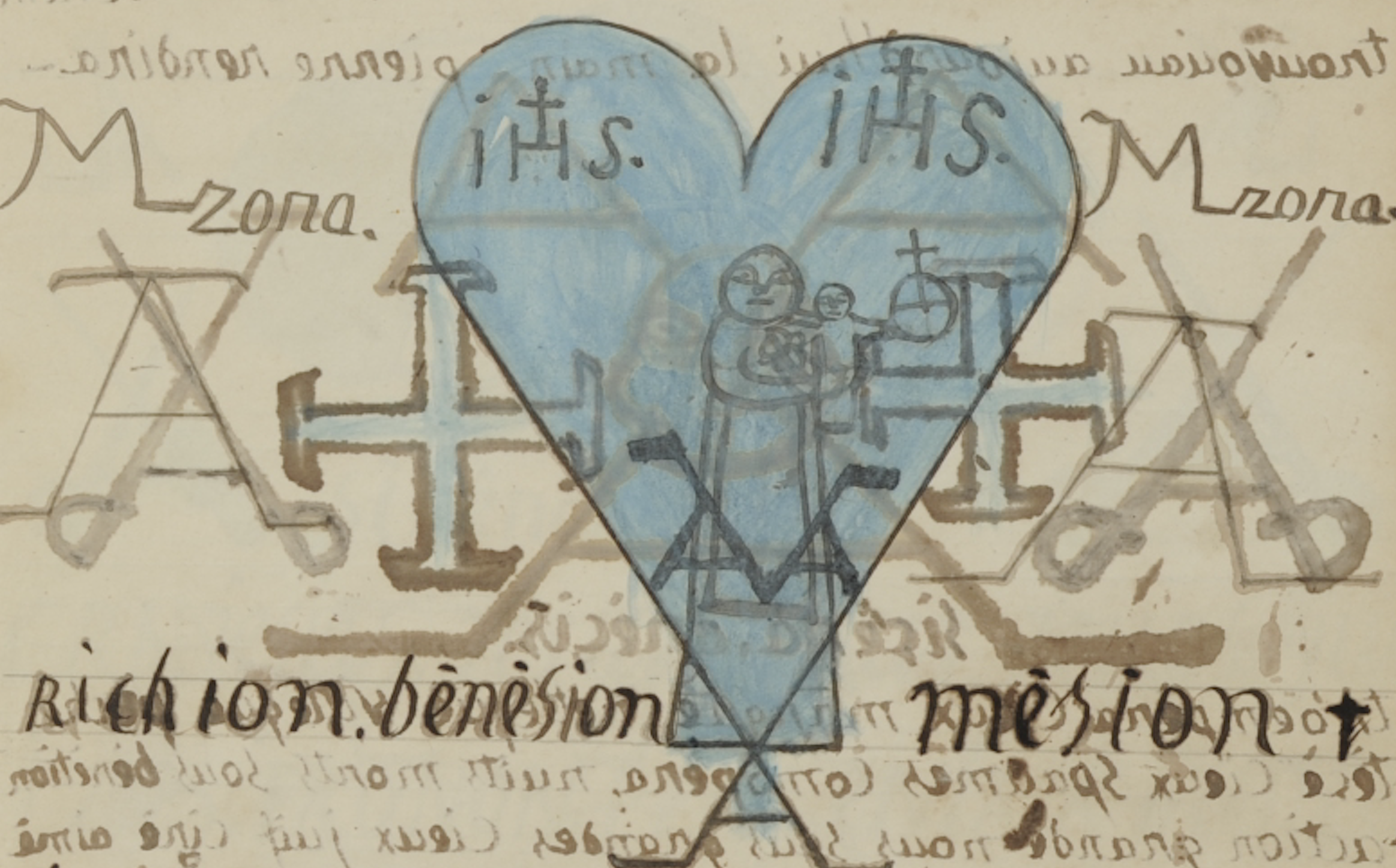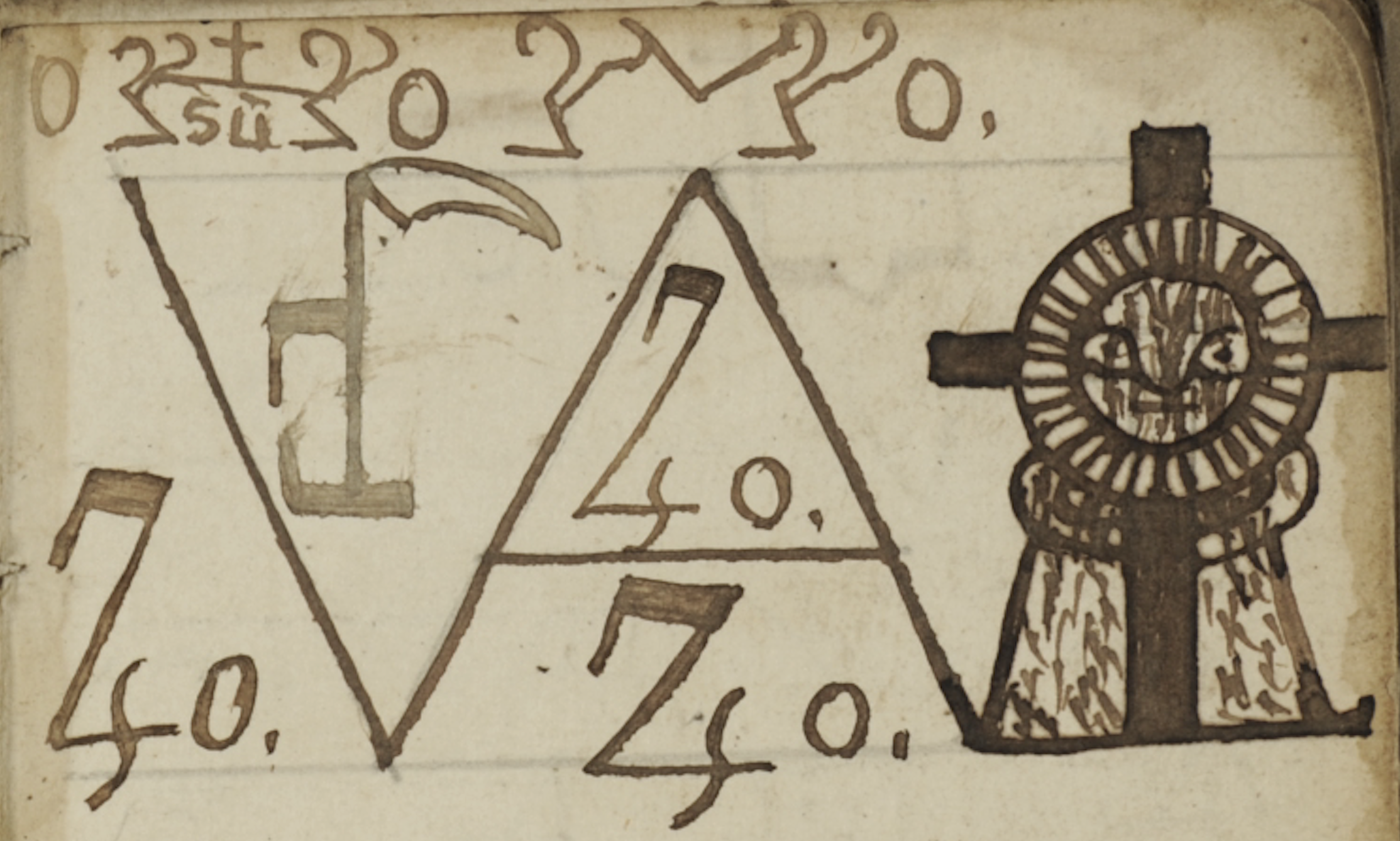Alexander Roob]
[June 28, 2008
Thomas Nast: «Dead Men´s Clothes Soon Wear Out»
This drawing by Thomas Nast, in the MePri-Collection, is a very precise preliminary study for one of his best-known political cartoons. The wood engraving made from this 18 x 22.5 cm sketch filled a large-format double page spread in “Harpers Weekly”, the most widely circulated American illustrated magazine of the time, on 10 September 1870. Nast had worked for this magazine since the beginning of the Secession War, and with sensational success: no cartoonist was ever more politically influential with his graphic campaigns than this cartoonist from Landau in the Palatinate, neither a James Gillray, nor an Honoré Daumier. His pen was capable of putting corrupt politicians behind bars and was able to decide the fall or triumph of a number of presidents.
Thomas Nast: Dead Men’s Clothes Soon Wear Out, 1870
The subject of this drawing, the French Emperor Louis Napoléon, nephew of the Corsican Emperor, who had called himself Napoléon III since his coup in 1852 to underline dynastic continuity, is perhaps the most ambivalent, certainly the best forgotten European ruler of the 19th century. Next to Bismarck, his Prussian adversary, his head was the most portrayed and caricatured in a century abounding with icons of power. The 200th anniversary of his birth, in April this year, has brought him back into the focus of historical and art-historical interest through a series of exhibitions and publications.
Nast inserts this new Napoleon, who at the time of the drawing was in Prussian custody in Kassel after losing the war, into the depiction of his uncle’s ignominious defeat in the famous painting “Napoléon à Fontainebleau” by Paul Delarouche. This shows the first Napoleon in one of his darkest hours, when in March 1814, faced with the threat of capture by the Allies, he had sunk into himself with suicidal intentions. The idea of reactivating this painting by Delaroche in the given historical situation, of “touching it up” so to speak (“touched up by T. Nast” is one of the inscriptions on the drawing) is as simple as it is effective.
Since Gillray’s time, the reference to well-known representations of history painting has been one of the most common procedures of political cartooning. Nast, alongside his French colleague of the same age, André Gill, had achieved a mastery of iconographic referentialism. His emblematic web, which could draw on a rich treasure of educated bourgeois knowledge, also of a literary-historical and mythological nature, was woven more tightly from time to time and did not spare him increasing accusations of hermetic crypticism, despite his drastic pictorial incursions, which had great public appeal.
The present cartoon, however, belongs to Nast’s more easily comprehensible works: The worn-out clothes of the deceased will soon have worn themselves out and the Bonapartist compulsion to repeat will thus come to an end. In the European press, of course, the Prussian-French war was the dominant topic of the day. The most perceptive analyses and graphic commentaries on the fundamental shift in the political balance of power on the European stage that was thereby emerging did not come from there, however, but from the little-noticed transatlantic perspective. 1
One might think that the American press was far too preoccupied with national problems during the extremely difficult phase of Reconstruction to be able to cast a particularly sharp eye on conditions on the other side of the pond. The voice of Thomas Nast, whose origins in the German-French border region alone betrayed a special consternation and intimate knowledge of the background of the conflict, set the tone in this matter. His partisanship for the German side met with approval from a large part of the American population, since in their eyes Louis Napoleon had only recently taken on the role of a devious villain in his Mexican intervention by cunningly exploiting the American Union’s inability to act in foreign policy during the civil war.
However, Nast’s euphoria over the emergence of a dominant German power of order in the heart of Europe, which he saw as a potential guarantor of secularist liberalism, was soon intermingled with fears of increased hubris on the part of the newly baked Great Empire. A few days after the preliminary peace of Versailles, in which this Prussian empire had dictated its humiliating terms of surrender to defeated France, a sequel to Delaroche – Rectification appeared in “Harpers Weekly”. Here, Nast not only presents how the new German imperialism completely eclipses the old French one, but with prophetic foresight also paints a surpassing of the Napoleonic failure as a portent on the wall.
The media interest in the Franco-German conflict, which had been sparked by Nast’s series of pictures, also acted as a catalyst for the development of the satirical press in America. In the same week that Nast’s Delaroche – Sequel was published in New York, the inaugural issue of “Puck”, the first successful satirical magazine in the New World, appeared in St. Louis. Its founder, the Vienna-born mime and caricaturist Joseph Keppler, developed the typical Puck style in direct imitation of his great role model Thomas Nast. The first German-language editions were still aimed exclusively at the limited immigrant communities, but the circle of reference soon expanded with parallel English-language editions. For decades, the “Puck” magazine dominated the pictorial satirical market segment in America, until it received home-grown competition in 1881 in the “Judge” magazine through an editorial spin-off.
For decades, the editorial teams of both magazines, consisting mainly of German-born illustrators and authors, did what the satirical press of the German Empire, working under the nationalist dictates of the Bismarck era, was unable to do: critically illuminate the late feudalistic ruling structures of the Wilhelmine Empire and the resulting utopian frenzy for grandeur.
1 In the publication “The Fight at Dame Europa’s School: Showing how the German boy thrashed the French boy and How the English boy looked on”, which appeared in huge print run in New York in early 1871, Nast enlightened his compatriots about the background and the development of the war in the image of a schoolyard brawl.

